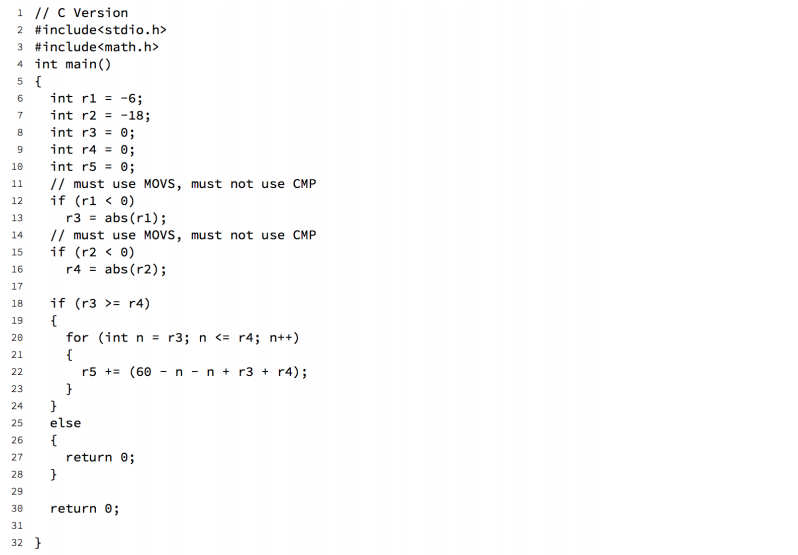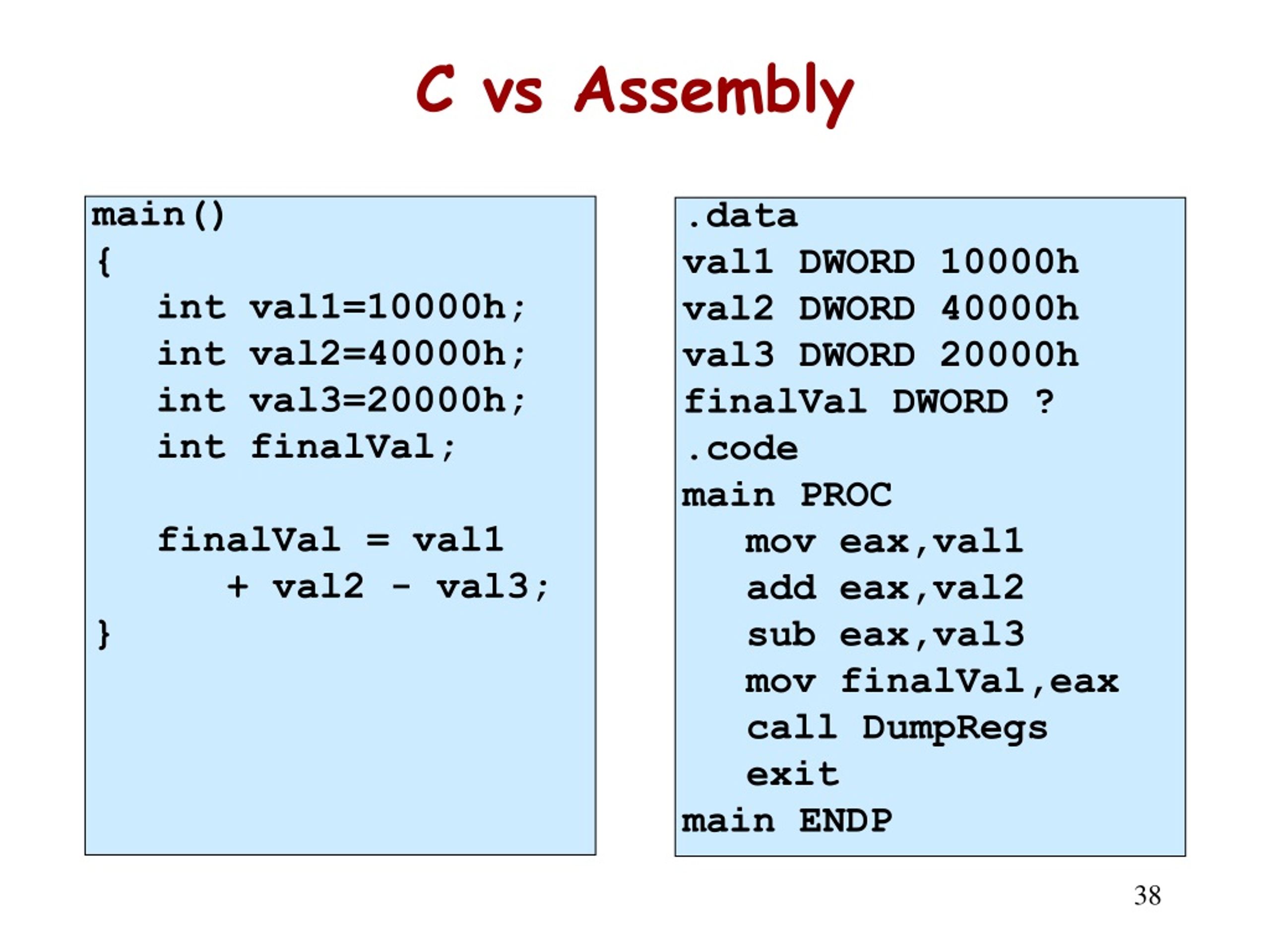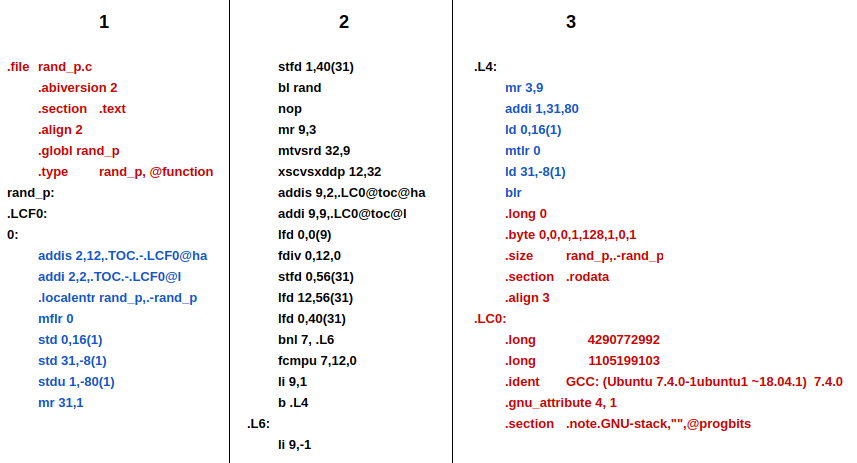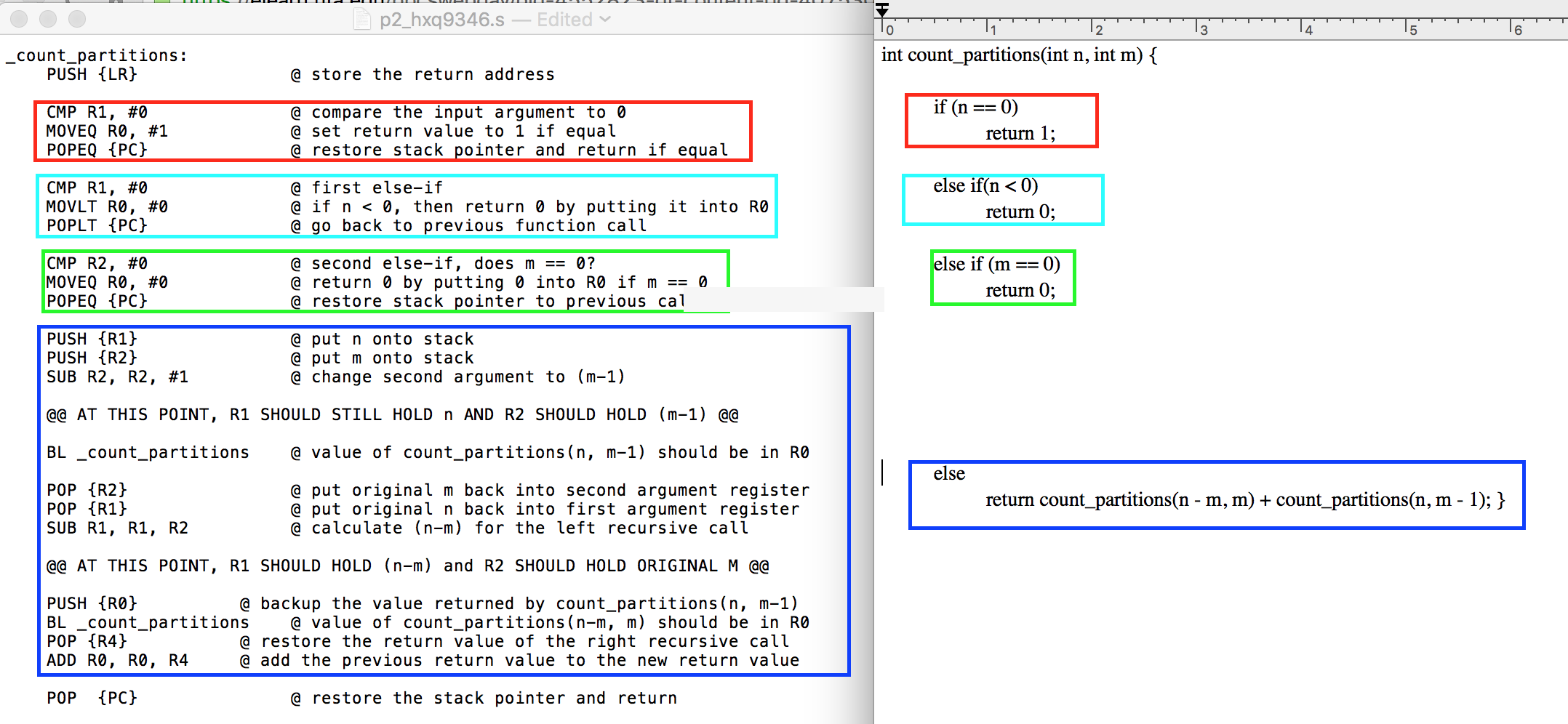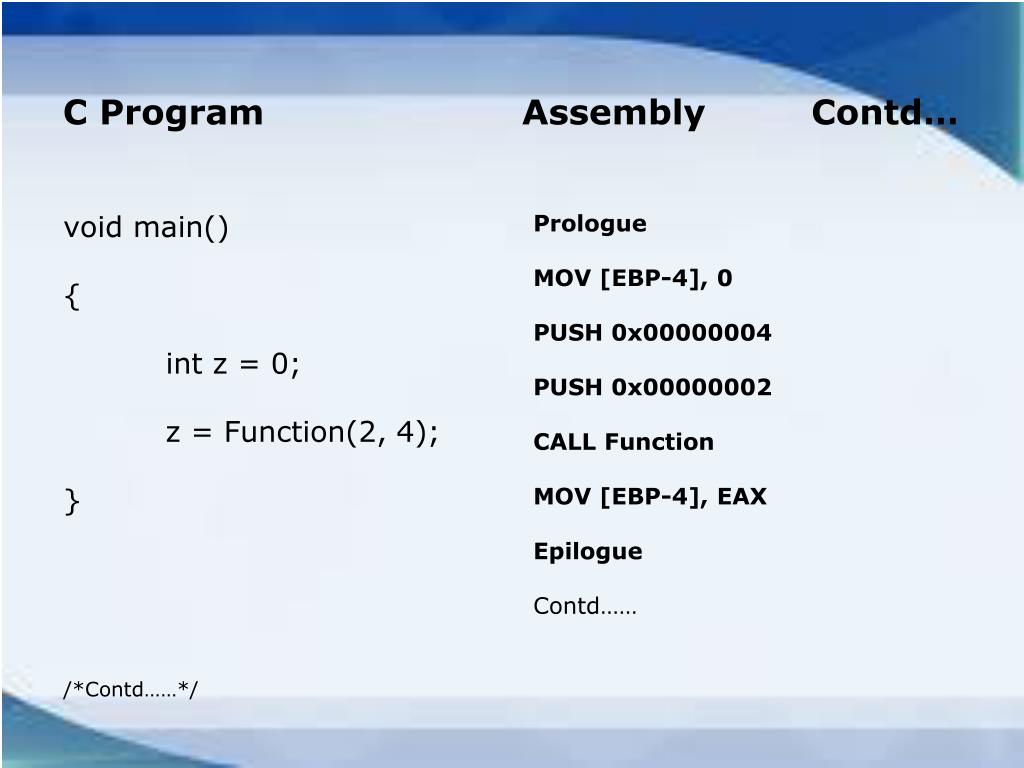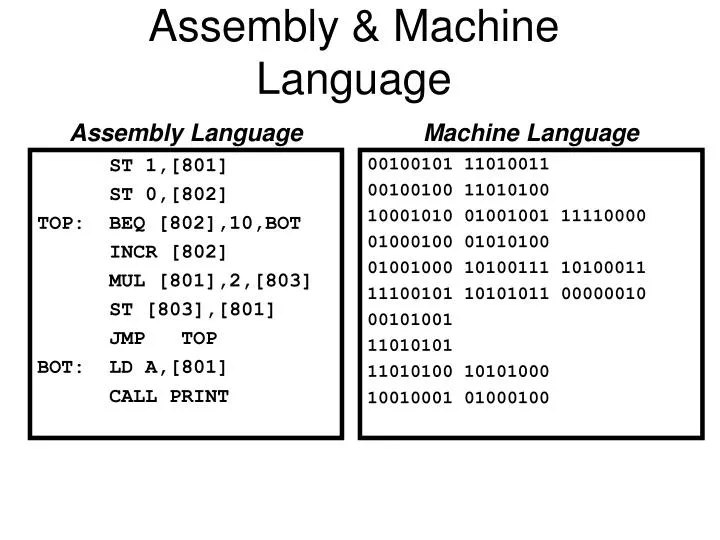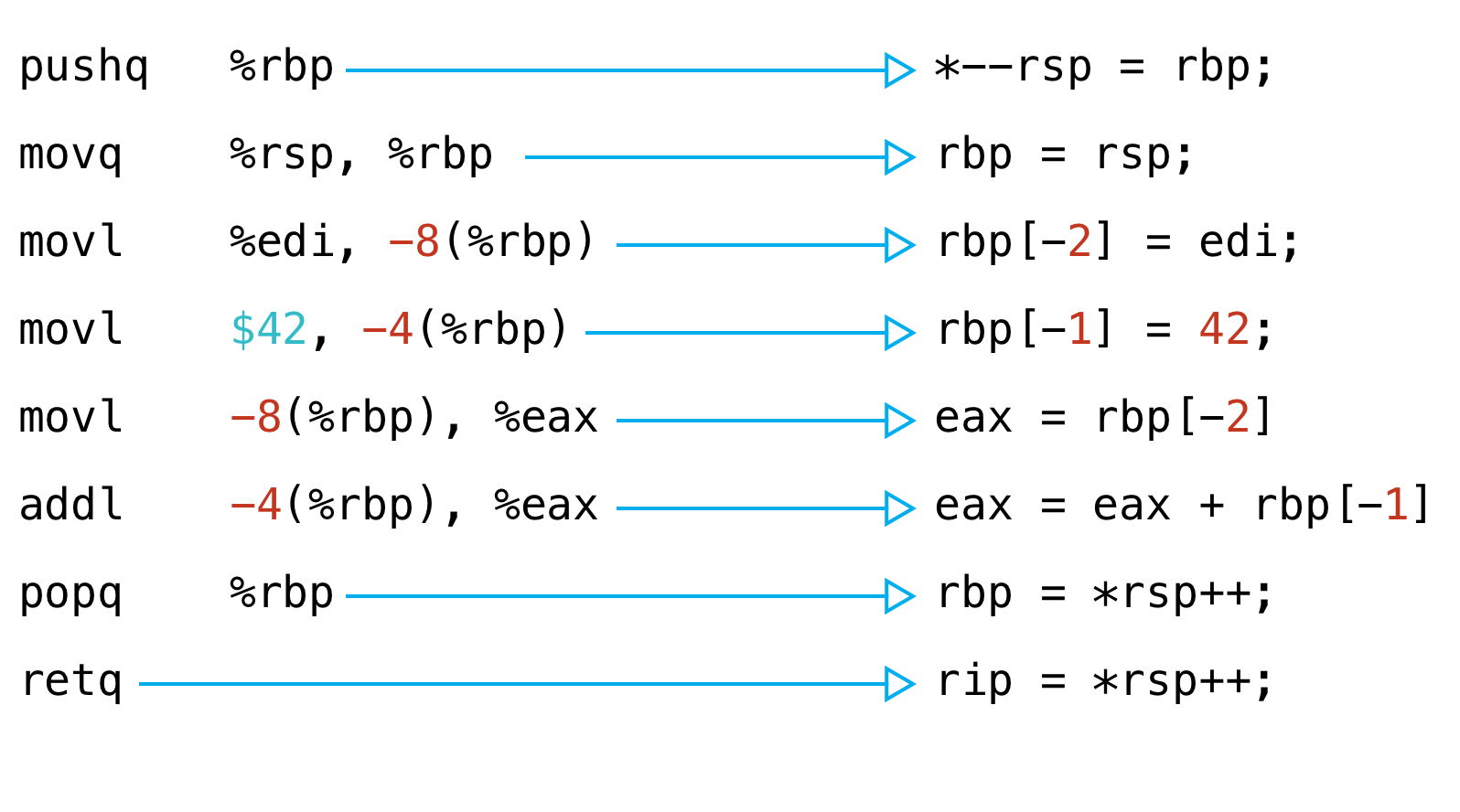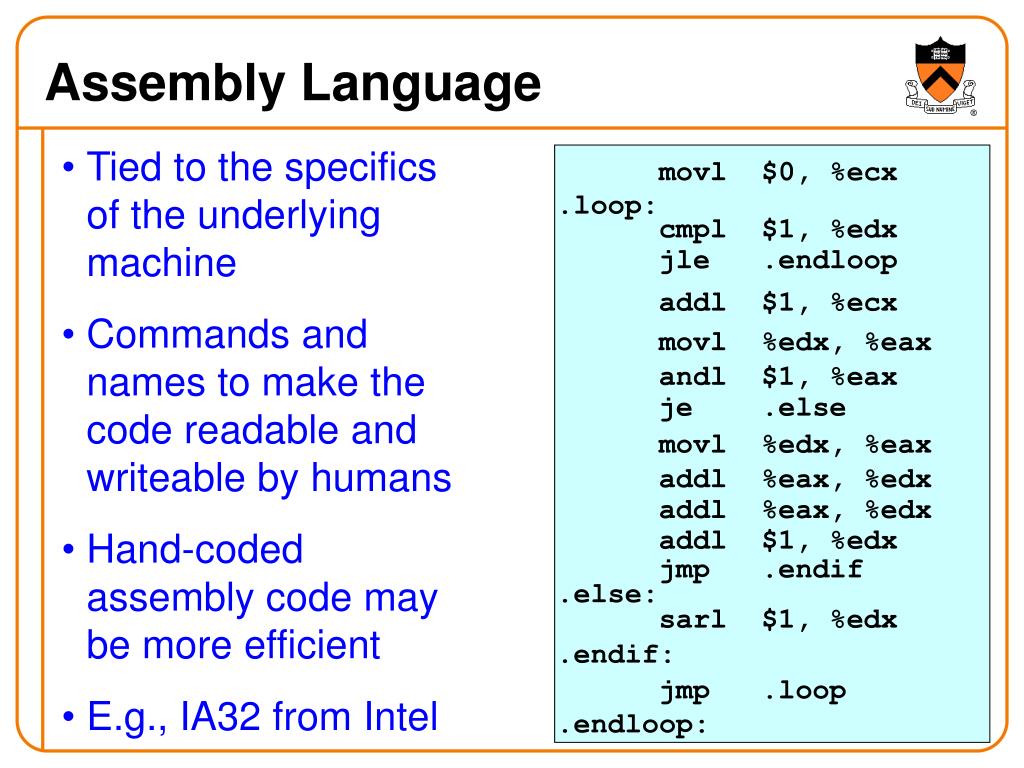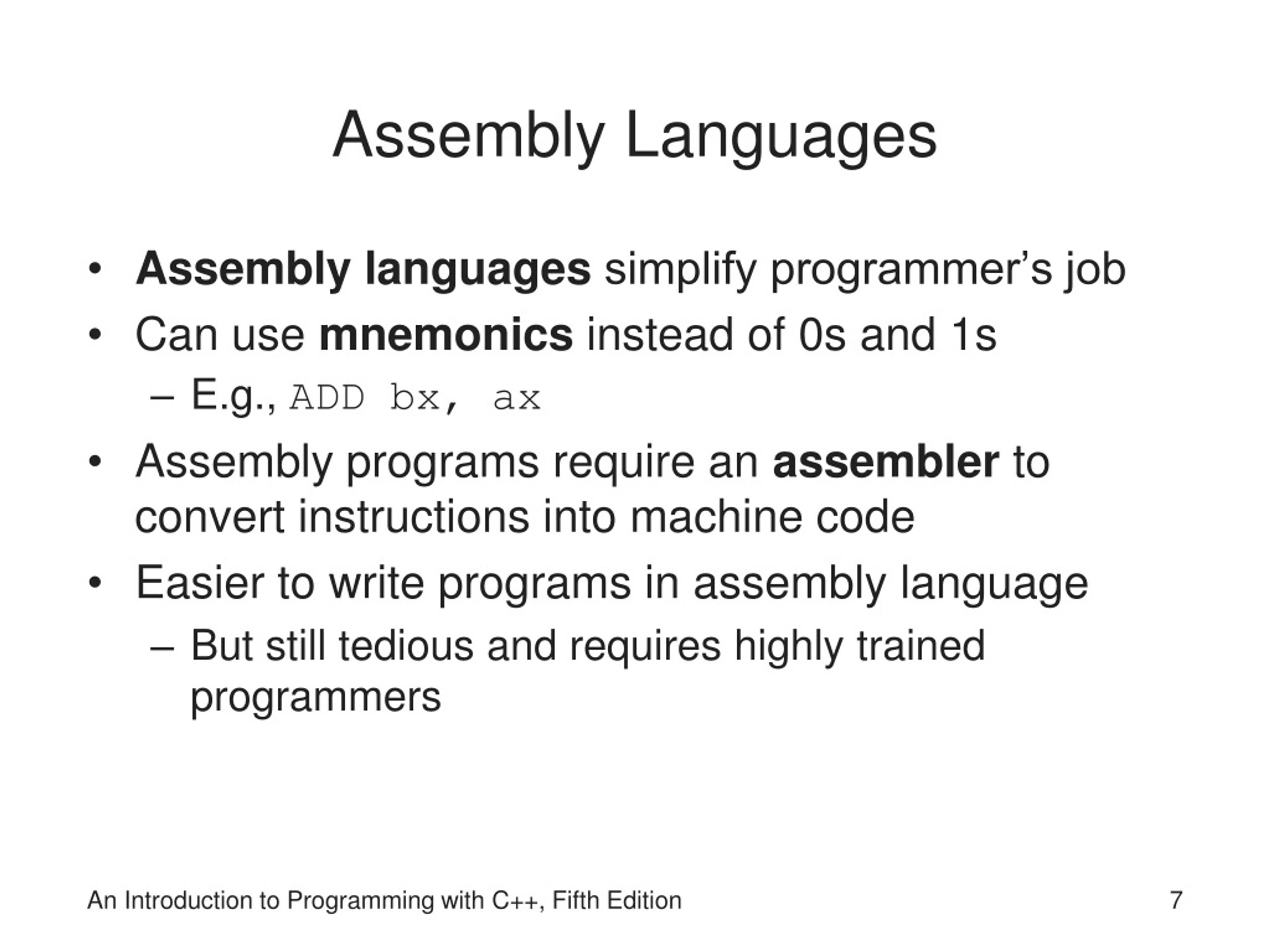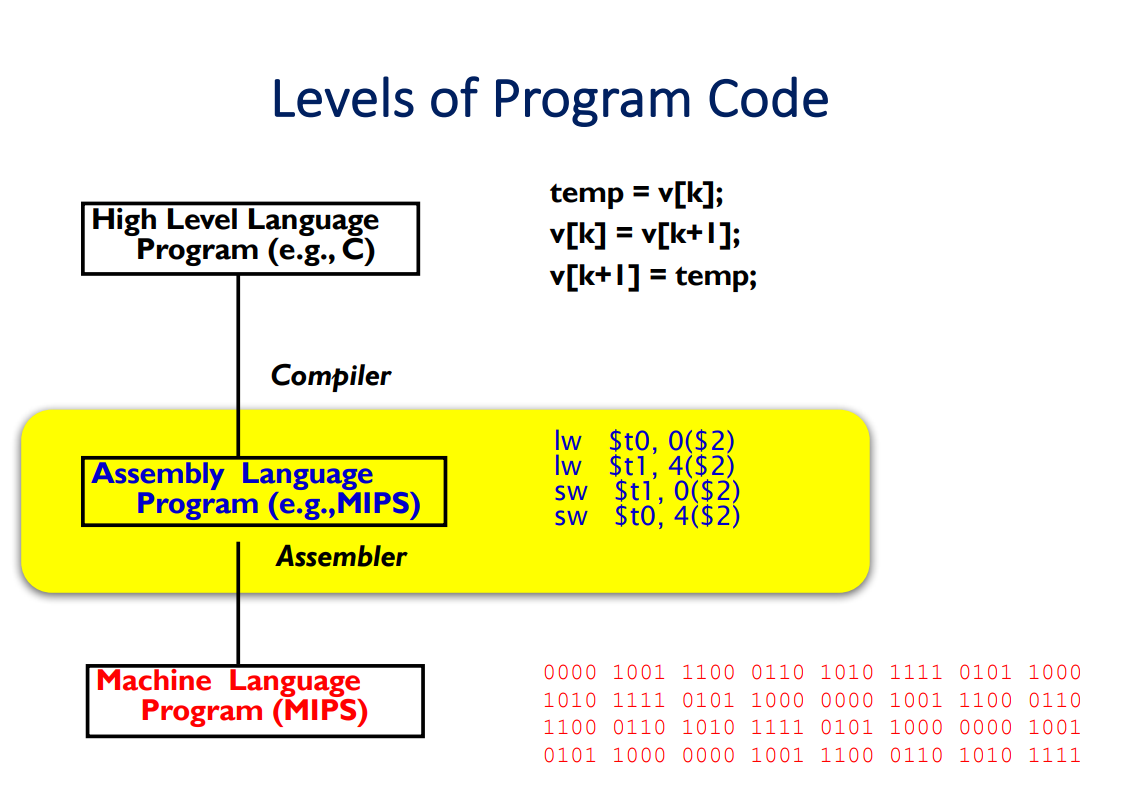Assembly Language To C Program Converter

A new software tool promises to bridge the gap between legacy systems and modern programming environments. The Assembly Language to C Program Converter, recently unveiled by TechForward Solutions, aims to automate the complex and often tedious process of translating assembly code into the more widely used C programming language.
The converter addresses a significant challenge faced by many organizations still relying on older systems built with assembly language. This announcement could mark a turning point for businesses seeking to modernize their infrastructure without completely rebuilding their software from scratch.
The Rise of Assembly to C Conversion
Assembly language, while offering fine-grained control over hardware, is notoriously difficult to maintain and lacks portability. As older systems become increasingly vulnerable to security threats and compatibility issues, the need to migrate to more modern languages like C becomes critical.
C offers greater portability, a larger pool of available programmers, and a wider range of development tools. However, manually converting assembly code to C is a labor-intensive process prone to errors.
Who is TechForward Solutions?
TechForward Solutions, a company specializing in software modernization and legacy system migration, developed the converter. They have a long track record of helping organizations transition to newer technologies.
The company claims that their new tool reduces conversion time by up to 80% compared to manual methods. This is a huge leap in productivity.
How Does the Converter Work?
According to TechForward Solutions, the converter utilizes a combination of static analysis and pattern recognition techniques. It automatically identifies assembly language instructions and translates them into equivalent C code.
The process involves several stages, including parsing the assembly code, identifying dependencies, and generating equivalent C functions. The tool also includes features for optimizing the generated C code to improve performance.
"Our goal is to provide a seamless and reliable way for organizations to modernize their legacy systems," said Dr. Anya Sharma, lead developer at TechForward Solutions. "This converter eliminates the need for tedious manual translation, saving time and resources."
Impact and Implications
The Assembly Language to C Program Converter could have a significant impact on various industries. It can affect finance, healthcare, and manufacturing, where legacy systems are still prevalent.
By simplifying the migration process, the converter can help organizations reduce their technical debt and improve the security and maintainability of their software. It also frees up valuable resources that can be redirected to innovation and new development.
Industry analysts suggest that this type of technology is becoming increasingly important as companies grapple with the challenges of maintaining aging infrastructure. Many systems are at a critical point, making modernization vital.
Potential Challenges
While the converter promises significant benefits, potential challenges remain. The generated C code may require further optimization and testing to ensure it functions correctly and efficiently.
Complex assembly code, particularly code that heavily relies on hardware-specific features, may pose challenges for the converter. The tool may also need to be customized or fine-tuned to handle specific assembly language dialects.
John Davis, a senior software engineer at a large financial institution, notes, "While automated conversion tools are a great step forward, human review and testing are still crucial to ensure the accuracy and reliability of the translated code."
Availability and Pricing
The Assembly Language to C Program Converter is currently available for purchase. TechForward Solutions offers various licensing options, including single-user licenses and enterprise licenses.
A free trial version is also available, allowing potential users to evaluate the tool's capabilities before making a purchase. More information, including pricing details, can be found on the company's website.
The introduction of this converter represents a significant step forward in software modernization. It provides a practical and cost-effective solution for organizations looking to bridge the gap between legacy systems and modern programming environments, ensuring their long-term viability and competitiveness.
